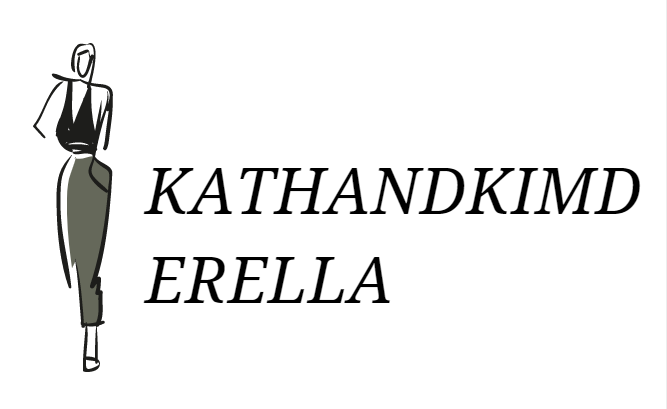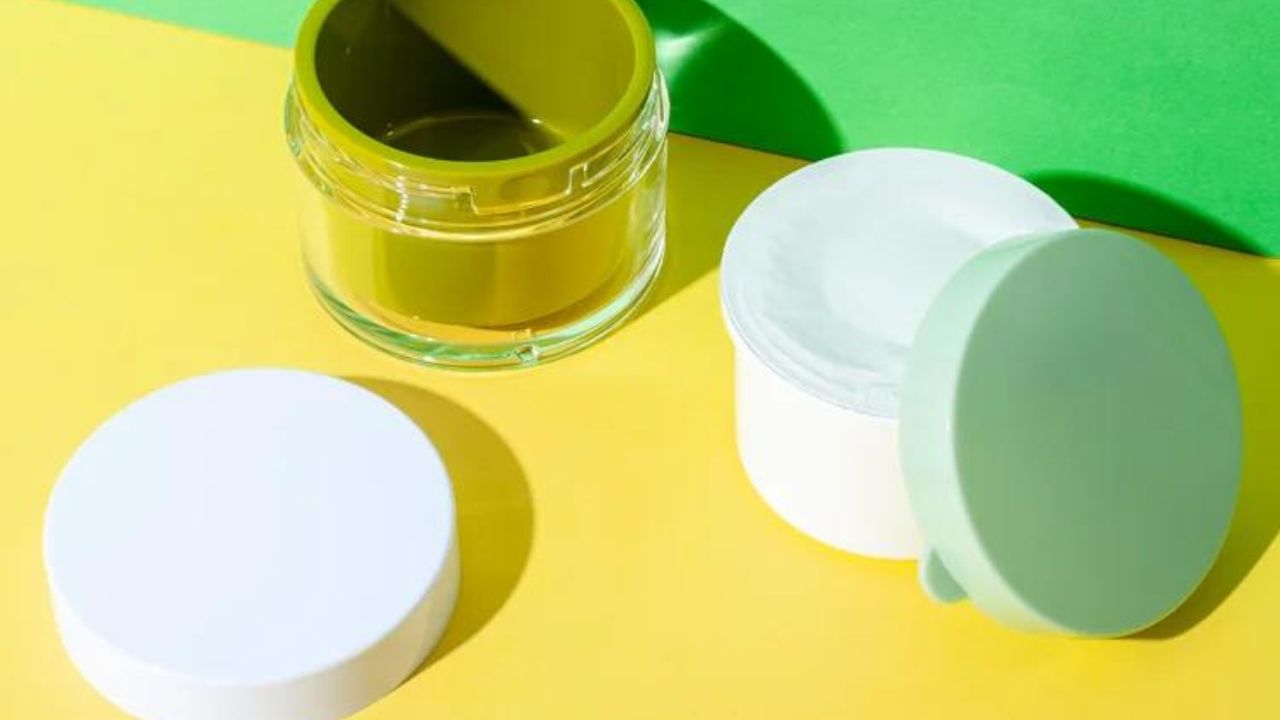From Production to disposal it's all included in the packaging life cycle. Sustainable packaging uses the type of material that is for packaging and its recyclability, learn how UKPACK focuses on producing eco-friendly packaging products and understand the life cycle of sustainable cosmetic packaging because it is crucial for companies when making environmentally conscious decisions that also enhance their reputation.
Material Sourcing for Sustainability
Procurement of materials is the initial stage of the UKPACK’s sustainable cosmetic packaging life cycle. Sustainable packaging also operates differently from compared to traditional packaging in that case when using virgin plastics, it uses recyclable, biodegradable, or renewable material. Selecting the right material is very important. Post-consumer recycled material is efficient because it reduces waste and has a decreased requirement for virgin materials. Biodegradable products break down after some time and hence do not accumulate in the dump sites. Bioplastics and other biopolymers and bio-derived products are more environmentally friendly than those derived from fossil fuels.
Eco-friendly Production Processes
The production process does not only concern the procurement of the material but also some measures taken to reduce energy and emissions. Companies also improve the sustainability of the packaging by using energy-efficient methods and minimizing the emission of greenhouse gases. Such a belief in sustainable production is important to reduce environmental degradation right from the time of packaging.
Design
However, the design phase is a critical aspect of sustainable packaging once the materials have been chosen. Appropriate design makes it possible to have packaging that is useful and at the same time does not cause wastage. Sustainable packaging design is about minimizing the use of additional material to protect the product, designing the packaging that can be used by the consumer for other purposes, and designing the packaging that can be recycled at the end of its life cycle. Such designs where these elements are employed are naturally favored on the market by environmentally friendly clientele and hold a competitive edge as they are different.
The Conflict between Beauty and Sustainability
It is however debatable whether the functionality and sustainability of a consumable product’s packaging matter while the design aspect of sustainable packaging should not be an issue. The main conflict that packaging designers always face is between designing packaging that will be attractive to the consumer and designing eco-friendly packaging. This thin line only emphasizes the brand value in the aspect of sustainability alongside the fact that consumers are willing to interact with brands and companies that have similar values.
Distribution
The distribution phase is very important for the sustainability of packaging in general. This stage entails moving products from the producer to the consumer or the intermediary ‘middlemen’’. There are options such as reducing the overall shipments to attain fewer trips and reducing the carbon footprints during transportation, selecting delivery through green modes such as electric vehicles, and efficient route selection for least emission production. In the same vein, the use of lightweight materials can reduce the costs of transportation as well as energy.
Consumption
Packaging also becomes very important when consumers are receiving their products in the market or at their homes. Consumers have to be involved in sustainable practices as this will improve their level of satisfaction. Consumers may be unaware of the environmental friendliness of packaging, this can be ‘remedied’ through labels that explain how to dispose or recycle packaging or through explaining how the same can be reused for other purposes. Interacting with consumers makes them become part of the brand’s sustainability initiatives and make the right decisions.
Disposal
The last area that needs attention is responsibility at the end of the product’s lifecycle – correct disposal of the product. The disposal methods have a way of ensuring that the environment is impacted in the right manner. The intended meaning is that companies should ensure they make it easy and convenient or provide cooperation and recycle back on the products to facilitate recycling companies/persons or give back programs. By encouraging appropriate disposal, firms might effectively complete the cycle in packaging.
Conclusion
Sustainable packaging goes through several important phases in its life cycle, starting with its manufacture. All the phases present the chance to improve the environmental impact of the companies and satisfy the consumers. Sustainable material acquisition, design for efficiency, responsible distribution, consumer interaction, and disposal all help to minimize a company’s environmental footprint. UKPACK has demonstrated that it is possible to use sustainable packaging for products and at the same time attract more consumers as the world becomes environmentally conscious. Understanding this lifecycle is important for firms that are interested in being competitive and at the same time environmentally sustainable.


